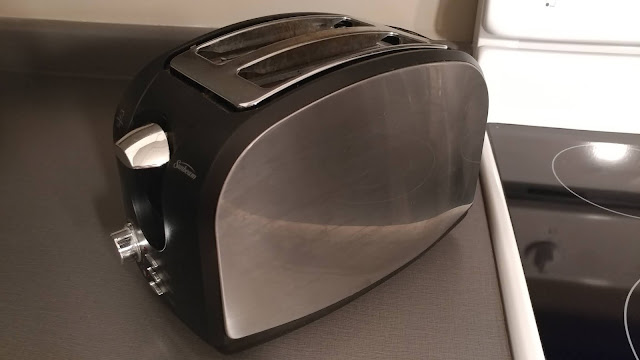What is in your suitcase? Why is that a challenge for R2O?

Almost everyone brings a suitcase when they travel. The size of the suitcase and its contents depend on the length of the trip, the destination, and the personal preferences of the traveler. Some people travel light while others travel with many different forms and options of attire, as well as varying amounts of personal items. In almost all suitcases, there will be shirts, pants, socks, shoes, and toiletries, but one person’s suitcase may have dozens of different shirts while another may have just a few. If you examine how practitioners perform their jobs and specific tasks, you will find that there are many different ways to create the same deliverable, or information product, such as a meteorologist creates a weather forecast. There are some practitioners that use a few reliable tools or sources for crafting their deliverables while others elect to have a broader selection at their fingertips, even if they do not use each item regularly. This is no different than the suitcases, eac



